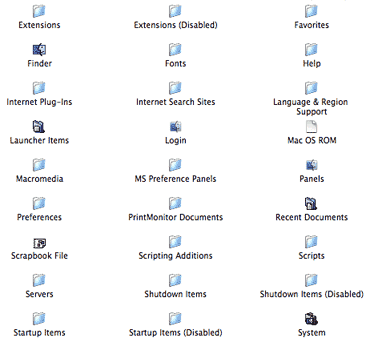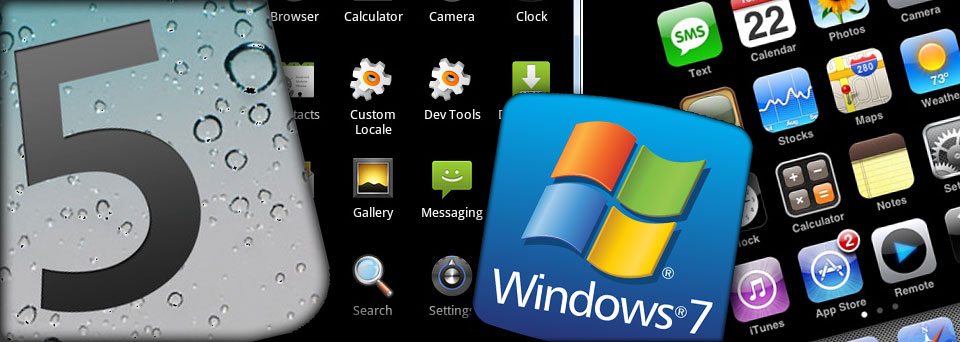- Unix ... used for many web servers
- Linux ... a version of Unix
- Android ... Googles OS for mobile devices
- Mac OSX ... based on Unix
- DOS (Disk Operating System) ... Microsoft’s original OS
- Windows ... essentially a GUI for DOS
- iOS ... Apple's mobile OS
What does an operating system do?
Here are some of the tasks a modern OS performs ...
- Provides a graphical user interface (GUI) to make launching applications, organising files and controlling the hardware easier.
- Controls and runs the computer hardware and all connected devices . An OS passes data and instructions between applications and the hardware. For example; when you print a letter from a word processing application the OS passes the data to the printer. The piece of OS software used to do this is the printer driver.
- Files (save, retrieve) data and programs and keep a directory of their location on attached storage devices.
- Provides system resources to allow different types of media to replay. For example, QuickTime system drivers, extensions and codecs to enable a huge range of image and video file formats to be recognised and displayed by suitable applications (including the QuickTime player application itself).
- Keeps preference files. Store information about user, application and networking and internet configurations.
- Makes fonts available to all relevant applications.
GUI (Graphical User Interface)
The GUI has made computing far more intuitive for all of us. Apple’s OS and Microsoft’s Windows are GUI’s. On power up the user is confronted by a simulation of an office desktop on which are placed icons representing some of the connected hardware, such as the hard drive and printer.
Today’s GUI’s employ four basic devices collectively called WIMPs ...
- Windows. It is from Windows that programs are launched and documents created, edited and saved.
- Icons. These are small graphical units (like logos) designed to allow the user to keep track of all the hardware components of the system (such as disk drives and printers) together with all stored applications and data.
- Mouse. The mouse allows intuitive interaction with the GUI and operation of applications and manipulation of data and documents.
- Pull Down’s. Using the Mouse a user can select GUI and application specific menu’s generally situated along the top of the screen in order to carry out tasks.
Modular structure & drivers
Modern OS’s are modular, they are a collection of pieces of software. At their heart they have a System file (or collection of files) which are augmented by a number of other category elements such as shared code libaries, fonts and drivers.
Drivers (for example) are installed onto the hard drive into the System folder whenever a new piece of hardware is added to the system (such as a MIDI interfaces, soundcard's, scanners, modems, printers etc). It is the drivers job to communicate between the hardware and the OS, and therefore all applications which may need to use the hardware.
Mac OS9 system folder with SOME of its contents shown


